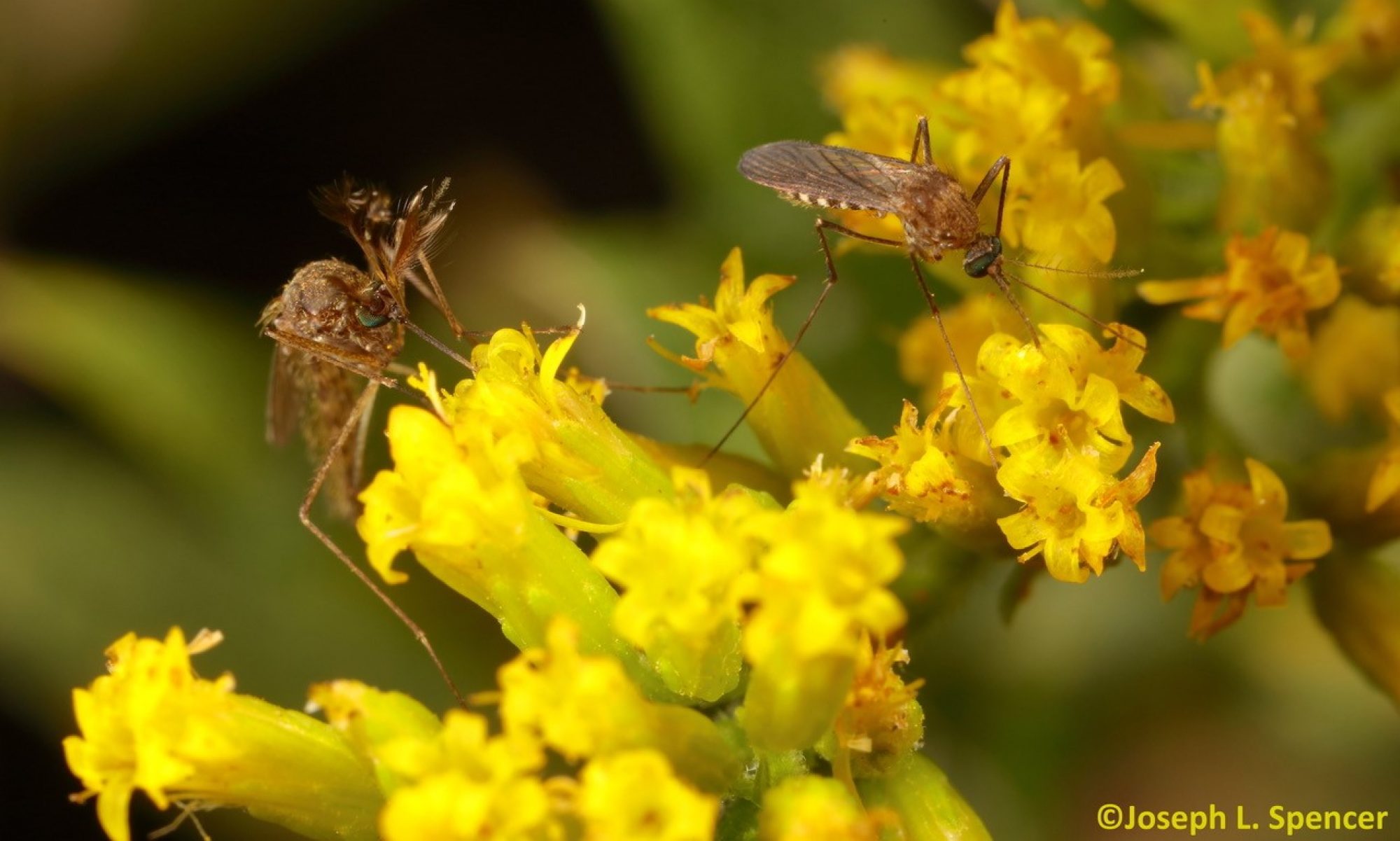We are hiring for two positions at the INHS-MEL located at the University of Illinois in Champaign, Illinois. These are jobs with long-term employment potential working with outstanding colleagues in a great environment.
Champaign-Urbana is a lively and growing area with excellent recreational and cultural opportunities and a low-cost of living. The University of Illinois Champaign-Urbana has a diverse and engaging research and teaching community. The 2021-22 U.S. News & World Report’s America’s Best Colleges rankings rated Illinois as the number 15 public university and the number 47 national university.
Click here to learn more about the unique Illinois Natural History Survey and diverse flora and fauna of our state.
(For the seasonal hourly positions job ad, see our last News post.)
1. Scientific Specialist: primarily working in the lab on mosquito colony maintenance, behavioral and manipulative experiments with mosquitoes and ticks, and molecular testing of vectors; ($44K+ w/benefits; minimum qual: BSc)
Application deadline April 11, 2022
https://jobs.illinois.edu/academic-job-board/job-details?jobID=161583
2. Sr. Scientific Specialist: planning and conducting mosquito and tick surveillance, conducting research on improved vector surveillance/control methods and bite prevention, and assisting with lab diagnostics; (salary commensurate; minimum qual: BSc)
Application deadline April 11, 2022
https://jobs.illinois.edu/academic-job-board/job-details?jobID=161585
For questions or inquiries, please contact the INHS-MEL Lab Director, Dr. Chris Stone.



SONY DSC 





